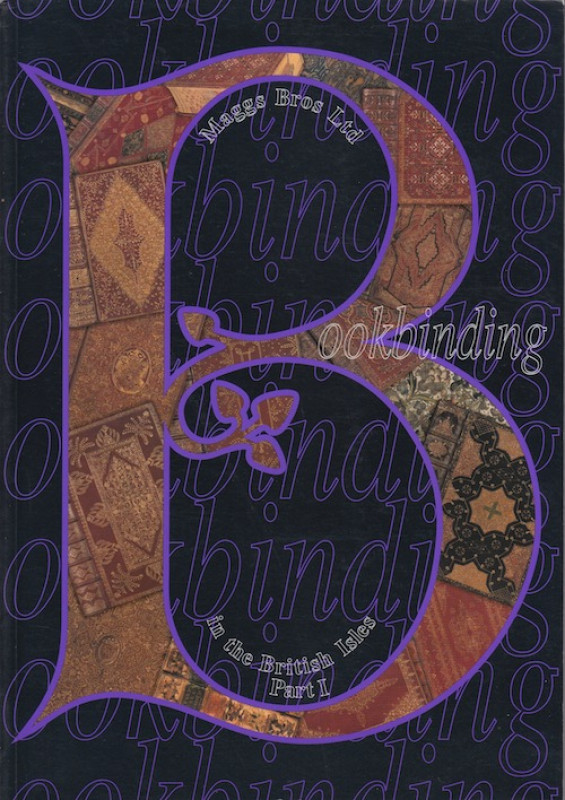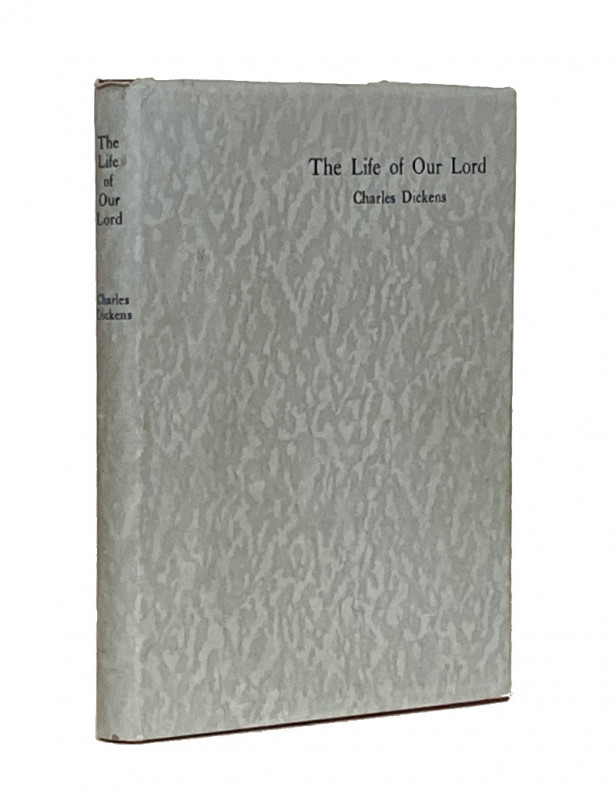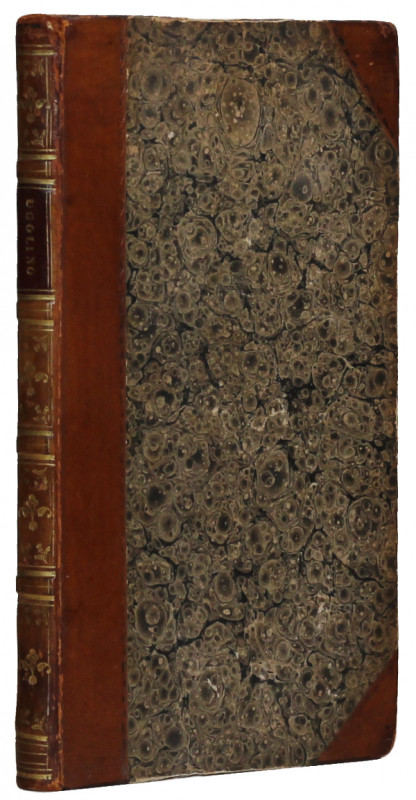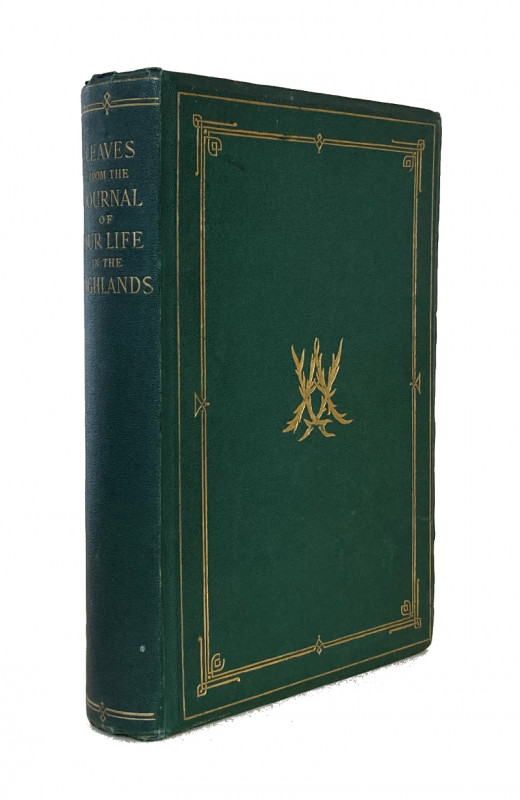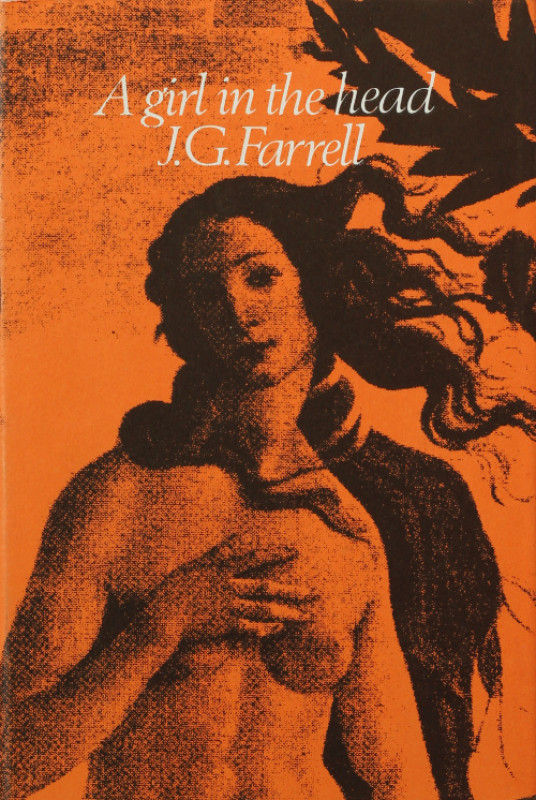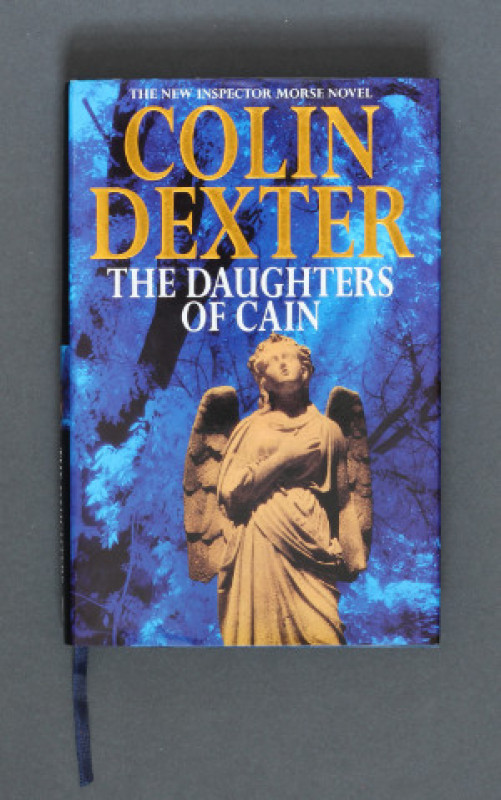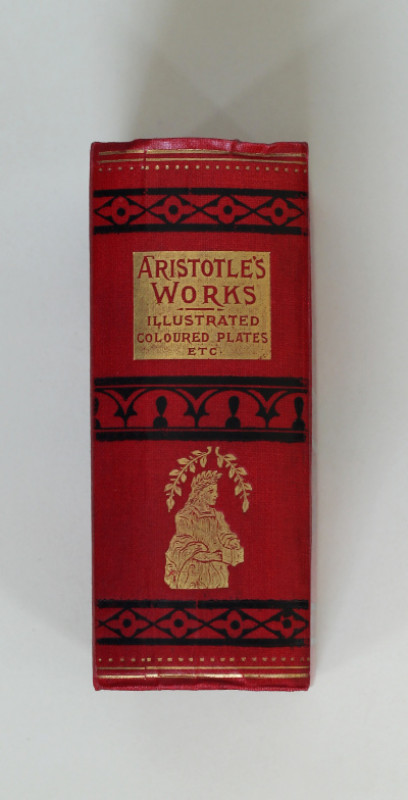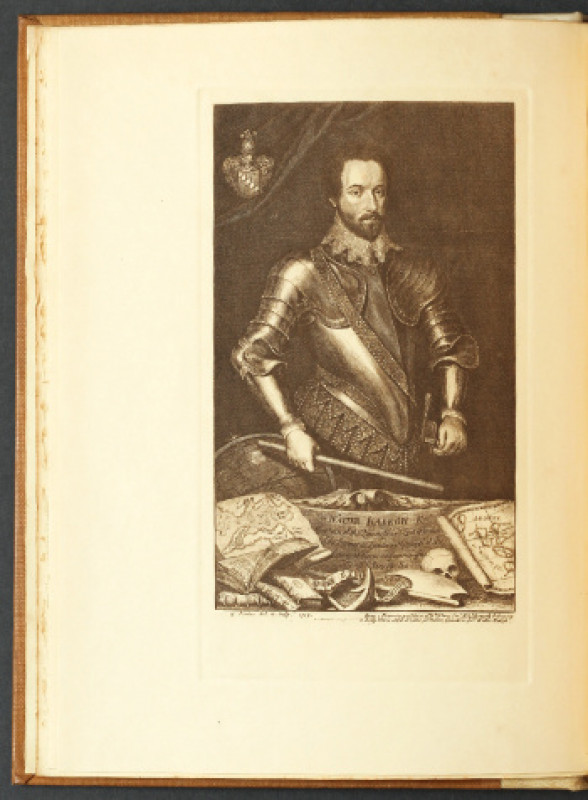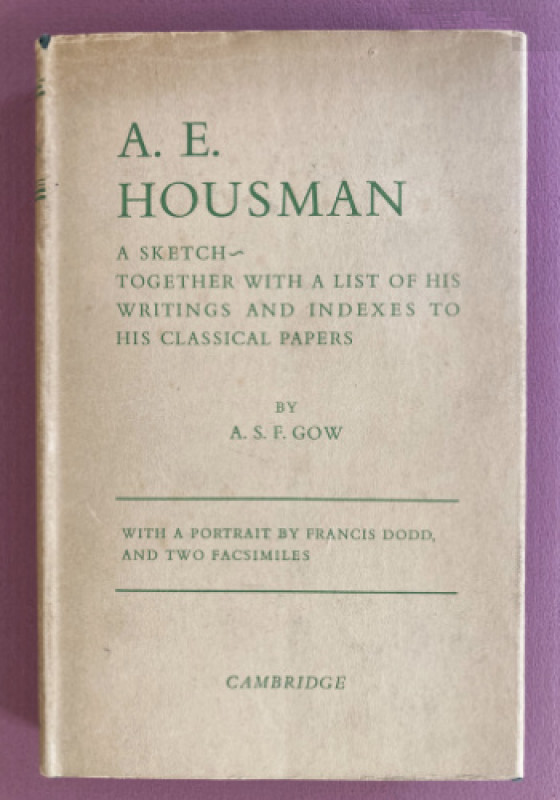The Confidential Clerk. A Play
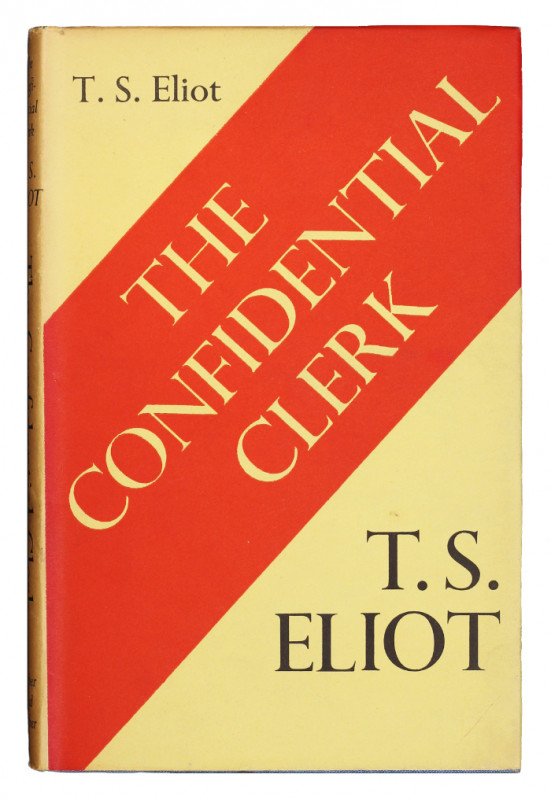

Book Description
FIRST EDITION, FIRST ISSUE OF THE CONFIDENTIAL CLERK, ELIOT’S ‘PROFOUNDLY ORIGINAL’ AND VERY SUCCESSFUL POETIC DRAMA
Octavo (218 x 140mm), pp. 135, [1 (cast of first production)]. (A few light, very unobtrusive marginal marks.) Original blue cloth, spine lettered and ruled in gilt, dustwrapper, price-clipped. (Light offsetting onto free endpapers, top edges slightly spotted, dustwrapper very lightly marked, darkened on spine, and slightly creased and chipped at edges.) A very good, clean copy. Provenance: Raymond Emil Maddison (1931-2003, gift inscription on upper pastedown dated 7 May 1954 gifting the book to his wife:) – Marie Maddison.
Octavo (218 x 140mm), pp. 135, [1 (cast of first production)]. (A few light, very unobtrusive marginal marks.) Original blue cloth, spine lettered and ruled in gilt, dustwrapper, price-clipped. (Light offsetting onto free endpapers, top edges slightly spotted, dustwrapper very lightly marked, darkened on spine, and slightly creased and chipped at edges.) A very good, clean copy. Provenance: Raymond Emil Maddison (1931-2003, gift inscription on upper pastedown dated 7 May 1954 gifting the book to his wife:) – Marie Maddison.
Dealer Notes
First edition, first issue with misprint ‘Ihad’ on p. 7. Apart from the early and uncompleted Sweeney Agonistes, Eliot (1888-1965) wrote six poetic dramas, which were produced between 1934 (The Rock) and 1958 (The Elder Statesman). The Confidential Clerk was the fifth of these, and it was first performed at the Lyceum Theatre, Edinburgh (as part of the Edinburgh Festival) on 25 August 1953, running until to 5 September 1953 in a production directed by E. Martin Browne. The production then transferred to London, where it ran at the Lyric Theatre from 16 September 1953 to 3 April 1954 and the Duke of York’s Theatre from 5 April 1954 to 1 May 1954.
Reviewing the London production, the scholar Bonamy Dobrée commented that ‘[w]hatever the first reactions to Mr. T. S. Eliot’s new play may be, one thing can be claimed for it: it is profoundly original. Not so much in idea, for as Goethe said, it is impossible for anyone to have a thought that has not struck somebody before; all that a man can hope for is to arrive at such by the motions of his own mind. The originality lies in what has been done with the form’ (The Sewanee Review, vol. 64 (1954), pp. 117-131, at p. 117). After noting that The Confidential Clerk was ‘a West End success, which means that Eliot has achieved something without which any other attainment is barren; he is daily capturing the ear and the attention of a large number of people’ (op. cit., p. 118), Dobrée concludes his notice with the judgement that Eliot ‘is trying to do, at the same time, two extremely difficult things: the first, to gain acceptance for a morality to which in 1953 most people will be refractory; the second, to create a new kind of play, new in the form used as vehicle for an idea, new in the way the impact on the audience is effected. This is admirable. Pick at it as we may among ourselves as men of letters, as men of letters we should stoutly support the valiant originality. Mr. Eliot may not be the Shakespeare of our time: but perhaps he is the Kyd or Tourneur, which after all is a very splendid position to hold’ (op. cit., p. 131).
The first edition of The Confidential Clerk was published in an edition of 20,000 copies on 5 March 1954, and ‘[s]ome copies – probably about half the impression – have a misprint “Ihad” for “I had” in line 2 up, page 7 [as here], which was corrected in press. Copies with and without the error were bound up and issued simultaneously’ (Gallup). According to the neat inscription on the upper pastedown, this copy was gifted on 7 May 1954, so was presumably purchased within two months of first publication.
D. Gallup, T.S. Eliot (1969), A64a.
Reviewing the London production, the scholar Bonamy Dobrée commented that ‘[w]hatever the first reactions to Mr. T. S. Eliot’s new play may be, one thing can be claimed for it: it is profoundly original. Not so much in idea, for as Goethe said, it is impossible for anyone to have a thought that has not struck somebody before; all that a man can hope for is to arrive at such by the motions of his own mind. The originality lies in what has been done with the form’ (The Sewanee Review, vol. 64 (1954), pp. 117-131, at p. 117). After noting that The Confidential Clerk was ‘a West End success, which means that Eliot has achieved something without which any other attainment is barren; he is daily capturing the ear and the attention of a large number of people’ (op. cit., p. 118), Dobrée concludes his notice with the judgement that Eliot ‘is trying to do, at the same time, two extremely difficult things: the first, to gain acceptance for a morality to which in 1953 most people will be refractory; the second, to create a new kind of play, new in the form used as vehicle for an idea, new in the way the impact on the audience is effected. This is admirable. Pick at it as we may among ourselves as men of letters, as men of letters we should stoutly support the valiant originality. Mr. Eliot may not be the Shakespeare of our time: but perhaps he is the Kyd or Tourneur, which after all is a very splendid position to hold’ (op. cit., p. 131).
The first edition of The Confidential Clerk was published in an edition of 20,000 copies on 5 March 1954, and ‘[s]ome copies – probably about half the impression – have a misprint “Ihad” for “I had” in line 2 up, page 7 [as here], which was corrected in press. Copies with and without the error were bound up and issued simultaneously’ (Gallup). According to the neat inscription on the upper pastedown, this copy was gifted on 7 May 1954, so was presumably purchased within two months of first publication.
D. Gallup, T.S. Eliot (1969), A64a.
Author
ELIOT, Thomas Stearns
Date
1954
Publisher
London: R. MacLehose and Company Limited, The University Press Glasgow for Faber and Faber
Friends of the PBFA
For £10 get free entry to our fairs, updates from the PBFA and more.
Please email info@pbfa.org for more information
